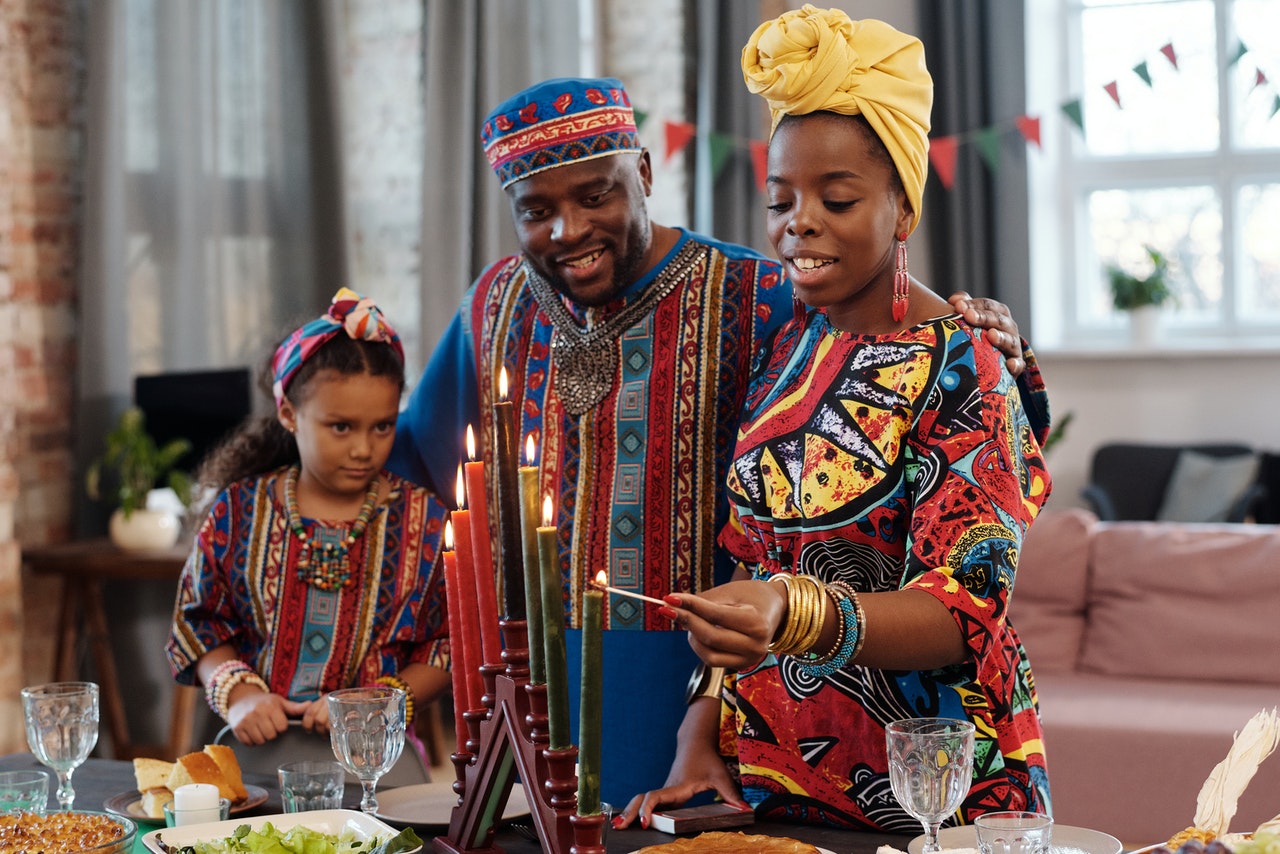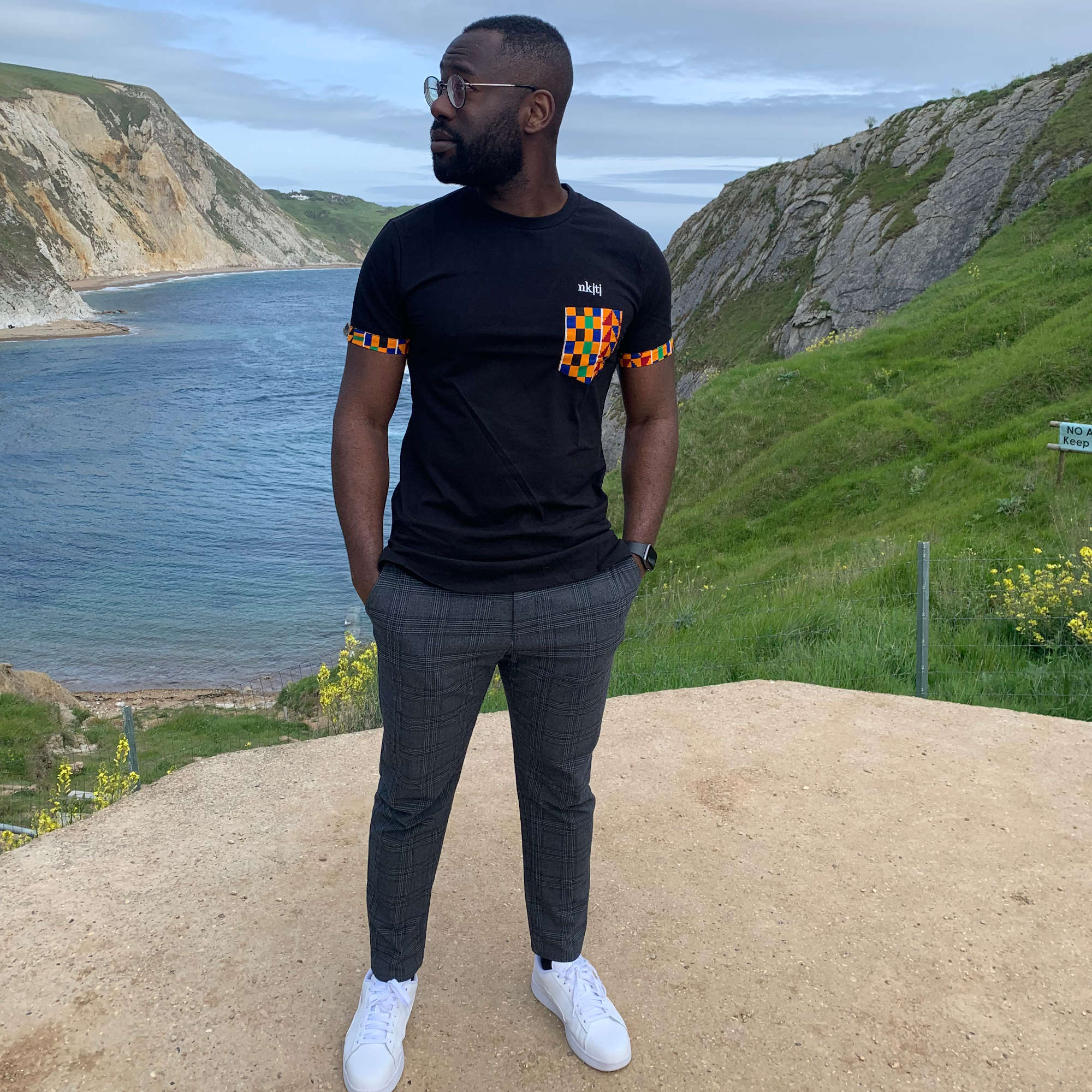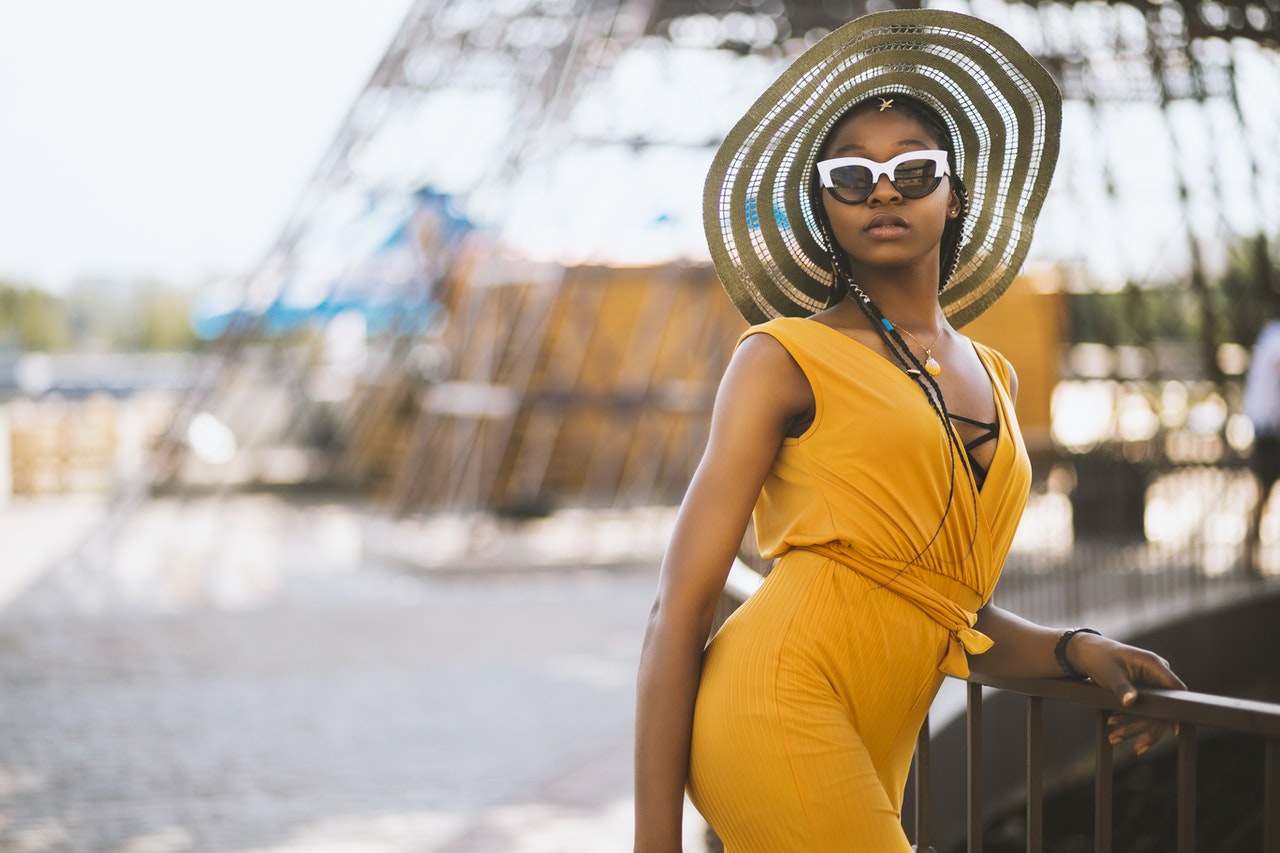
The Special Meaning behind Colours in African Culture
African fabrics are known for their bright and intricate patterns. Perhaps you have found yourself enjoying their design but were unaware of the meaning behind these colours. This article will explain the true meanings of these colours, as well as what each colour represents so that you can fully understand why these brightly coloured fabrics are so important to African culture.
Our brand brings the beauty of African prints to everyone, irrespective of origin. Weaving the beauty of print, colour and culture into designs that you'll love.
The Special Meaning behind Colours in African Culture
1 - Colours of the Flag
The Pan-African flag bears black, green, yellow, and red, symbolizing Africa's unity and diverse strengths. Black signifies both the continent's history of adversity and the resilience of its people. Green represents the fertile and expansive land of Africa. Yellow embodies the optimistic prospects awaiting the continent. Red signifies the ongoing struggle against racism and oppression.
2 - Traditional African Costumes
The significance of colors in traditional African attire is deeply rooted in tribal customs and practices.
3 - West African Clothing
In West African attire, vibrant colors hold significance for rituals and customary gatherings. For example, the red, white, blue, and black hues in Yoruba clothing symbolize the Earth's four rivers: River Niger (white), River Senegal (blue), River Volta (red), and River Sine-Nell (black).
4 - Mwangi Clothing
Colors in Mwangi clothing carry diverse meanings. A bright red robe signifies readiness for marriage, while bright green indicates permanent readiness. A bride may wear a brown robe with a red patch near the shoulders symbolizing potential motherhood.
5 - Casual Designs
The casual designs of an African fabric tend to have a very bright and vibrant appearance. This is because the bright colours are associated with happiness, as well as riches. However, bright colours are also used to show status and importance through the use of a specific colour. For example, the traditional African cloths that were worn by chiefs were made in a bright yellow colour.
6 - Traditional Spirituality
The traditional spirituality of many African tribes has very specific meanings behind the colours. For instance, in the Xhosa tribe, red represents the blood of the ancestors. Black represents the dark past and the hope for the future. White represents the hope for a new beginning. Bright colours are very popular in Africa, and it is difficult to find dull and boring colours in Africa. This is because these bright colours are associated with the brighter future that awaits Africans.
Add a Splash of Colour to Your Wardrobe
The colours in African fabrics have a very important meaning behind them. Each colour in traditional African fabrics has specific meanings that are linked to a specific tribe. If you are interested in buying African fabric, then you must know that these fabrics are used for more than decoration. Instead, these fabrics are symbols of pride, heritage, and hope.
If you are looking for an African clothing designer in the UK, shop at Nkiti African Clothing. We are a UK-based clothing designer that specialises in designing casual African wear. Our vision is to create modern, high-quality clothing that pays homage to our rich African ancestry.






Leave a comment
This site is protected by hCaptcha and the hCaptcha Privacy Policy and Terms of Service apply.